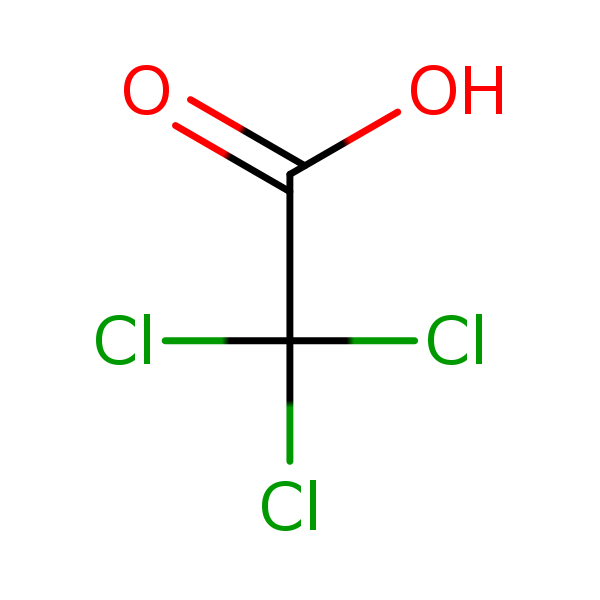Trichloroacetic acid
CASRN 76-03-9 | DTXSID1021378
- Toxicological Review (PDF) (270 pp, 2.0 MB, about PDF)
- IRIS Summary (PDF) (26 pp, 266.6 KB, about PDF)
Difficulty Of Mode Of Action Determination For Trichloroethylene: An Example Of Complex Interactions Of Metabolites And Other Chemical Exposures (Journal Article)
Overview
The mode(s) of action (MOA) of a pollutant for adverse health effects may be dependent on the mixture of metabolites resulting from exposure to a single agent and may also be affected by co-exposure to pollutants that have similar targets or affected pathways. Trichloroethylene (TCE) can be a useful example for illustration of the complexity co-exposure can present to elucidation of the MOA of an agent. TCE exposure has been associated with increased risk of liver and kidney cancer in both laboratory animal and epidemiologic studies. There are a number of TCE metabolites that could play a role in the induction of these effects. Co-exposures of other chemicals with TCE typically occurs as a result of environmental co-contamination that include it’s own metabolites, such as trichloroacetic acid (TCA), dichloroacetic acid (DCA), and other pollutants with similar metabolites such as perchloroethylene (PERC). Behaviors such as alcohol consumption can also potentially modify TCE toxicity through similar MOAs. The U.S. Environmental Protection Agency (EPA)’s 2001 draft TCE risk assessment, Trichloroethylene (TCE) Health Risk Assessment: Synthesis and Characterization, concluded that it was difficult to determine which of the metabolites of TCE may be responsible for these effects, what key events in their hypothesized MOAs are involved, and the relevance of some of the hypothesized MOAs to humans. Since the publication of U.S. EPA’s draft TCE assessment, several studies have been conducted to understand the effects of co-exposures to TCE. They cover both pharmacodynamic and pharmacokinetic considerations. This article highlights some of the recently published scientific literature on toxicological interactions between TCE, its metabolites, and other co-exposures, including solvents, haloacetates, and ethanol. These studies give insight into both the potential MOAs of TCE exposure itself as well as potential modulators of TCE toxicity, and illustrate the difficulty of determining the MOAs and modulators of toxicity for pollutants with such complex metabolism and co-exposures.Download(s)
If you have a disability and the format of any material on our web pages interferes with your ability to access the information, please reach out to us using the Contact Us about IRIS form for assistance. To enable us to respond in a manner most helpful to you, please indicate the nature of the accessibility problem, the web address of the requested material, your preferred format in which you want to receive the material (electronic format (ASCII, etc.), standard print, large print, etc.), and your contact information.
Critical Effect Systems
Tumor Sites
Chemical Structure for
Trichloroacetic acid

Synonyms
- AI3-24157
- Acetic acid, trichloro-
- Aceto-Caustin
- Acide trichloracetique [French]
- Acido tricloroacetico [Italian]
- Acido tricloroacetico [Spanish]
- Amchem Grass Killer
- Caswell No. 870
- EPA Pesticide Chemical Code 081002
- HSDB 1779
- Kyselina trichloroctova [Czech]
- TCA
- Trichloorazijnzuur [Dutch]
- Trichloressigsaeure [German]
- Trichloroacetic acid
- Trichloroethanoic acid
- 76-03-9


